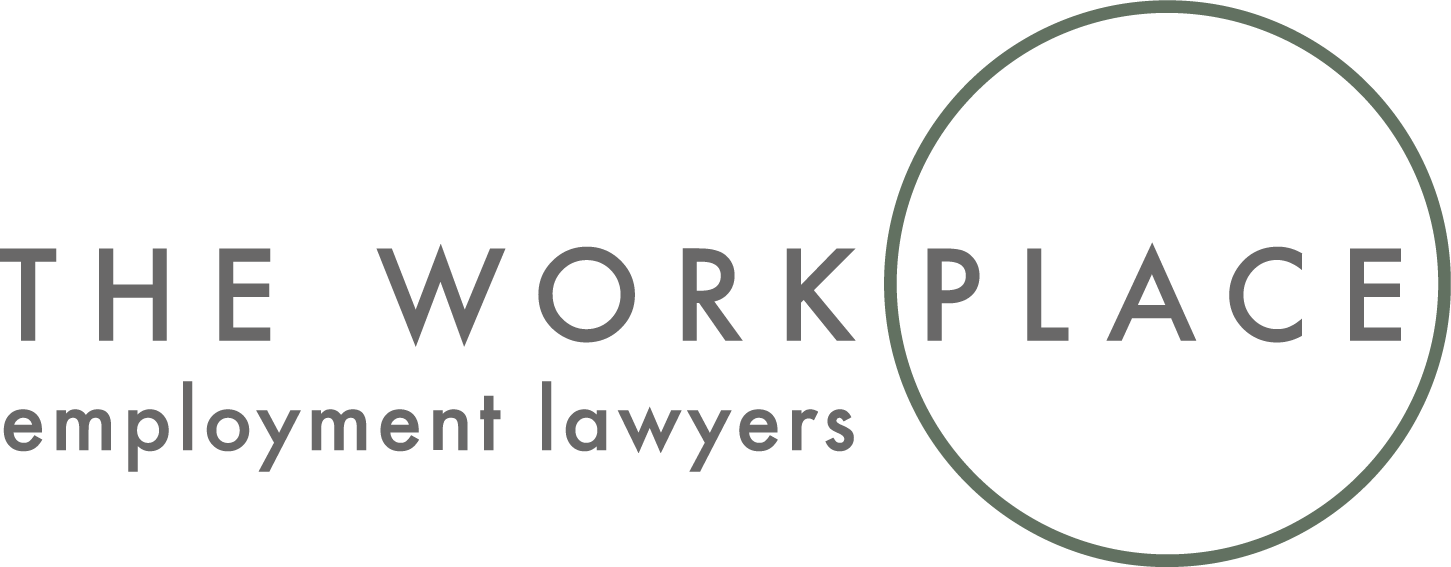Photography / Michael
It’s a big problem and it’s widely under-reported by victims. It’s time to talk about sexual harassment.
In their Annual Report for 2012-2013, the Australian Human Rights Commission reported that 21% of complaints received under the Sex Discrimination Act 1984 (Cth) were complaints of sexual harassment. In the same year, a telephone survey conducted by the Commission recorded that 1 in 5 people had been sexually harassed at work.
On 12 May 2015, SBS aired an episode of Insight that explored sexual harassment in the workplace and the stories recounted by the audience and panel highlighted what continues to be a serious and highly pervasive issue across Australia.
It got us thinking about what businesses should be aware of and how sexual harassment can be prevented in the first place.
What is sexual harassment?
Sexual harassment is legally defined as any unwelcome conduct of a sexual nature that intimidates, offends or humiliates a person. Actions that amount to sexual harassment can be things like leering at a co-worker, sending them inappropriate emails, making suggestive comments or asking intrusive questions about their personal life.
Sexual harassment in the workplace is not just confined to the physical workplace either, it extends beyond the office, shop or warehouse to any place where activity connected to work is happening. For example, the work Christmas Party or Friday night drinks at the local pub with co-workers could be considered ‘at work’.
How does sexual harassment emerge in the workplace?
As anecdotally recounted on Insight, junior employees are often the targets of sexual harassment from those more senior to them. Junior employees often feel that their position at work will suffer if they say anything about the harassment or that their HR department will not adequately respond to a complaint even if they make one.
The result is that junior employees feel there is no alternative but to resign, or perhaps even worse - to put up with it. Sexual harassment can quickly escalate when nothing is done and if it’s happening at work, an employer might be vicariously liable for the actions of the harasser and any managers or HR officers who don’t respond appropriately.
What can be done to prevent sexual harassment in the workplace?
We think there are three key actions to take to prevent a workplace culture that condones sexual harassment:
· Train the HR team - they will be the go to people and should know how to handle complaints about sexual harassment
· Lead from the top - make sure the leadership team know what sexual harassment is and promote a no-tolerance approach. We know that a lot of sexual harassment is committed by people who have power over junior employees so it should be made clear to the top people that their value to the company doesn’t outweigh the company’s responsibility to provide a safe working environment to all employees.
· Educate the workforce - sexual harassment can be a range of unwanted behaviours and employees need to understand what is and isn’t appropriate. Developing a sexual harassment policy is great way to set expectations and provide guidance to employees.
If you would like to learn more about we do, contact THE WORKPLACE.
The copyright in this blog is owned by The Workplace – Employment Lawyers Pty Ltd. The content is general information only and is not intended to constitute, or be relied upon as, legal advice. The use of this blog by any person or company does not create any solicitor-client relationship between the person or company and The Workplace – Employment Lawyers Pty Ltd.

